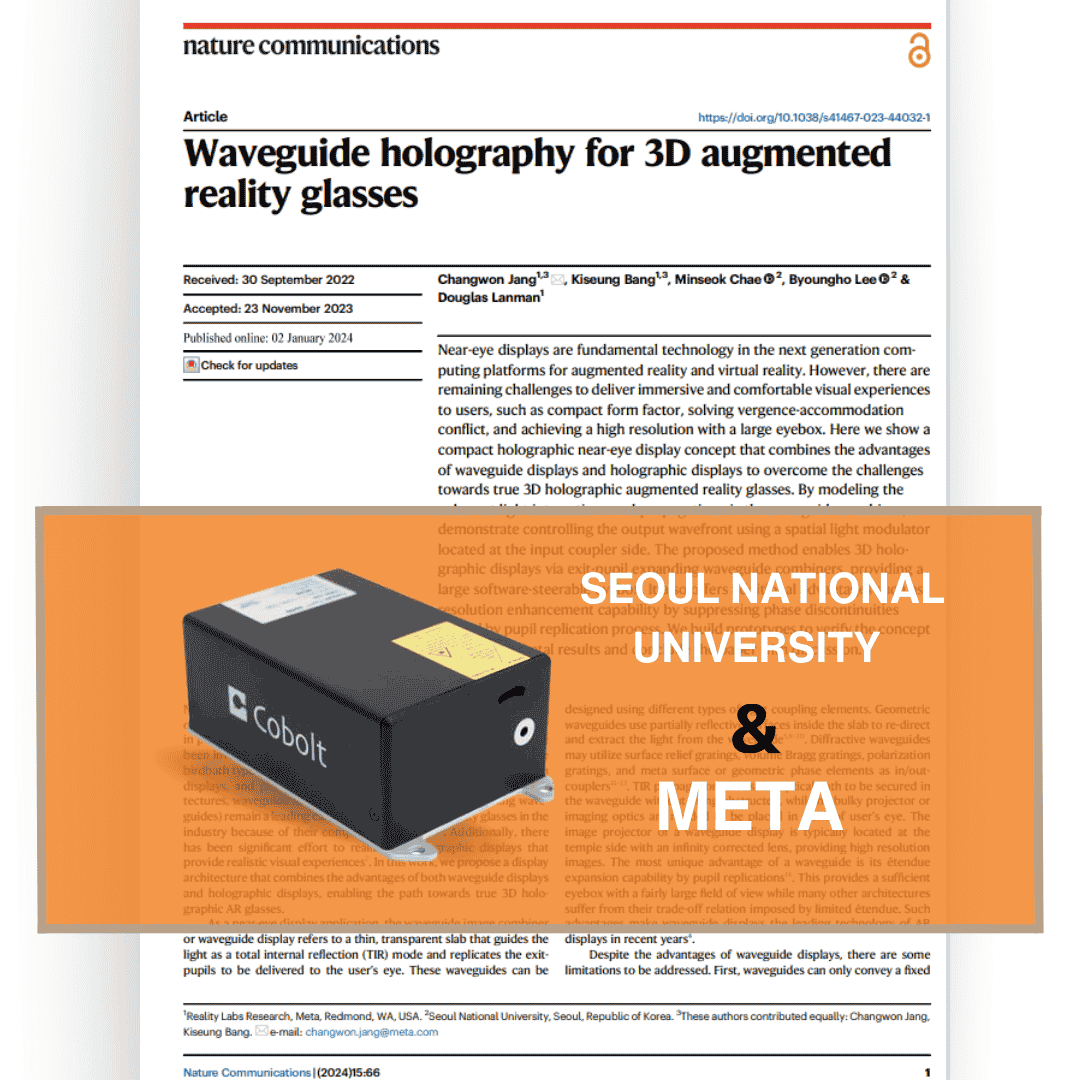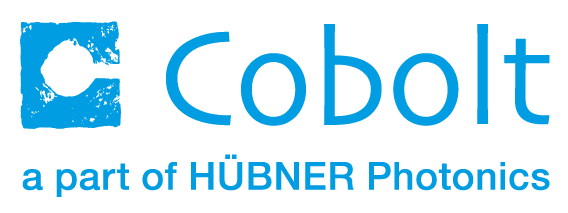Waveguide holography for 3D AR glasses
In a significant stride towards the future of augmented reality (AR) and virtual reality (VR), META Reality Labs, in collaboration with Seoul National University, have unveiled a groundbreaking compact holographic near-eye display concept using our Cobolt Samba 532 nm laser. This prototype addresses critical challenges faced by current technologies, promising immersive and comfortable visual experiences for users.
As the researchers discuss in the journal Nature Communications, the concept aims to overcome obstacles such as achieving a compact form factor, resolving vergence-accommodation conflicts, and attaining high resolution with a large eyebox. Traditionally, these challenges have been stumbling blocks in the quest for creating true 3D holographic augmented reality glasses.
The key to this advancement lies in a meticulous approach to modeling coherent light interactions and propagation through a waveguide combiner. The researchers showcase their ability to control the output wavefront by utilizing a spatial light modulator located at the input coupler side. This method facilitates 3D holographic displays through exit-pupil expanding waveguide combiners, providing a generously sized, software-steerable eyebox.
Moreover, the proposed method brings added benefits, including resolution enhancement capabilities achieved by suppressing phase discontinuities resulting from the pupil replication process. The combination of these features positions the holographic near-eye display concept as a promising candidate for the next generation of computing platforms and its potential to impact the future of AR and VR technologies.
As technology continues to advance, the prospect of true 3D holographic augmented reality glasses draws closer to reality.
More resources
Looking for more in-depth information? Visit our Knowledge Bank page for detailed articles and insights on our products and technologies.




